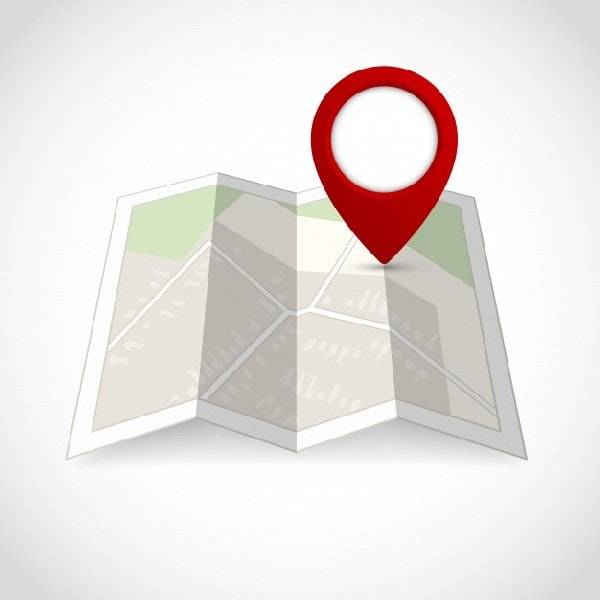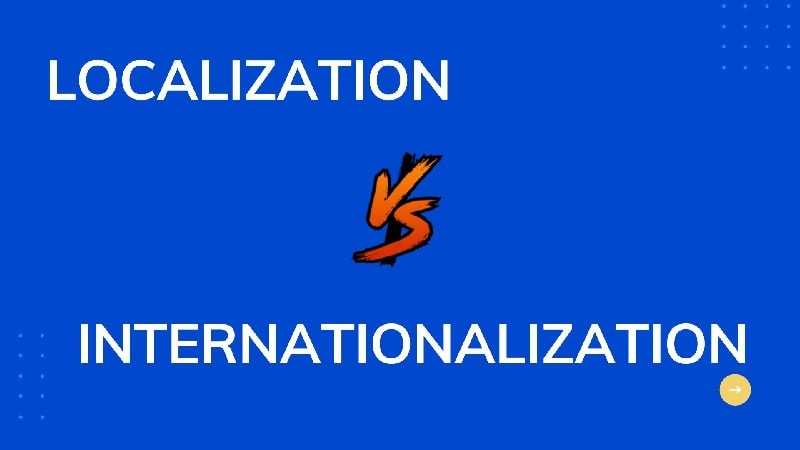Localization and Internationalization – These concepts sound familiar, but they are very distinct from each other. These activities are referred to like the one in which businesses engage when they have to expand their business beyond the current national borders.
Table of Contents
What is Internationalization?
It is defined as a corporate strategy which consists of manufacturing products and services and making them adaptable concerning other international markets.
Usually, Internationalization requires assistance from experts, people with international experience for people who have already worked in that country. The products that are intended to reach the global market undergo the process of Internationalization. The best example of this would be IKEA in which Diagrams are used, or illustrations are used so that there would be no need for any text words to be translated. The assembly of the furniture is made as easy as possible for everybody irrespective of their language. There would be some steps that would require written translation, but the goal of the company is to remain as culturally neutral as possible.
A product that is internationalized can be efficiently localized.
Do not consider Internationalization as a distinct step in the case of the development process. Instead, it is regarded as a fundamental or essential thought in every stage of business. Internationalization involves development in designing practices that will help to prepare your products for Localization.
Internationalization of electronic products and software involves many concerns as follows:
- Data encoding: for most of the Western European languages, ASCII character coding is enough, but for words that do not use Latin alphabets, like Korean, Russian, Chinese, Hindi, etc. they will not work on ASCII. They require larger character encodings. Unicode is one such example which provides more significant encoding.
- Hardware support: It should be taken into consideration that hardware devices and their spare parts may not be available everywhere.
- User Interface: if translation into multiple languages is required, then the user interface has to have enough space so that the text of all these languages can be stored in it.
According to most of the definitions of Internationalization, the companies and businesses should first internationalize the product before proceeding with Localization.
What is Localization?
Before proceeding to Localization, it should be kept in mind that it is Internationalization, which helps most of the audience adapt to the new products in different countries. Localization is defined as the process of changing the product according to a specific target market after the Internationalization of that product has been done.
For example, the Subway fast-food chain operates in more than 80 countries and have more than 10,000 restaurants worldwide. The expansion of KFC or Subway is an example of globalization. Subway has created a corporate style menu which gives a natural feeling throughout their outlets. But they have adapted to local customs and tests and modified their internationalization policy and moved to Localization.
For example, Indian outlets of subway do not have beef in them; on the other hand, Islamic countries do not prefer to have pork meat. While both of these varieties are available in western countries and many European countries, to add customization and adapt to local policies, subway has customized their menu to a more local friendly way. This is a perfect example of Localization. Subway has been able to maintain its brand but customize its services and offerings for the local market.
Localization will help the companies and businesses to sell the product in multiple areas of the world. They will be able to present their products or services with a local look and feel, which will help the customers to adapt more quickly to the product.
The process of Localization is relatively simple, as well as complicated at the same time. It involves removing all the user-visible components of a product and adding specific local elements with a possible text translation. Localization, if successfully implemented for your product, can take you to the global market without compromising at all on the quality of the product.
Localization vs Internationalization
While Internationalization consists of development in designing new practices which are to be adhered to, for adapting a service or a product in multiple locations, it also means that you should prepare your product for Localization. Localization is modifying the product to adopt local customs.
Once a product completes the cycle of Internationalization, it can go multiple times through Localization. A product or a service that is internationalized successfully can be localized without the possibility of errors and with minimum expenses.
Localization, as well as Internationalization, have one common goal – globalization. The process of multilingual marketing products to people from different countries is called globalization. If you are developing a mobile app or a software application or even the website and if you are thinking to make it available in multiple locations across the world, then what are you trying to do is the globalization of your product or service or your offering. Localization and Internationalization will help you succeed in the goal of achieving globalization.
Localization vis-a-vis Translation
The translation is the conversion of the text from one language to another. Translation sometimes is confused with Localization, but Localization is a very different process from translation. Localization is the process of creating a product with a message or a specific audience-as if the product was created only for them.
The translation is a part of Localization, but it is not the only element. There are many changes for Localization, which requires consideration of many factors that could be local as well as cultural. Translation, of course, helps to convey the meaning of the product in local terms.
Following are a few of the crucial points which businesses need to address while performing Localization of the product:
- Naming: The traditional way of naming – at least in the western world – is to have a first name, father’s name, and finally, the family name. But many cultures do not have last names or have multiple last names.
- Telephone number formats: Different countries have different formats of writing.
- Date format: some states use DD/MM/YYYY, and some countries use MM/DD/YYYY
- Currency: Every currency will have a different symbol and also a different amount to be represented.
- Writing direction: Most of the countries right from left to right – for example, English; but a right to left is prevailing writing direction in Arabic and Hebrew. Summation languages like Chinese and Japanese also write vertically.
- System of measurement – Imperial or Metric
- Punctuation – English language uses quotation marks, while low quotes are used in German, and the French language uses Guillemets.
- Pictograms and Symbols – Stop sign, Use of colour to convey info. Etc. Vary in different countries.
- Electrical voltages and plugs – European, American, and Asians have different voltages and plugs for electronic devices.
- Legal requirements – Legal requirements are perhaps the trickiest part in most of the countries. Some nations are easy to do business with, but others like India are complicated and require multiple levels of approvals to start a business.
The best example of Localization is Google assistant and apples virtual assistant Siri. Both of them have been localized to adapt the local language, weather report, directions for a specific address, or even calculating the temperature in Fahrenheit or services, calculating the distance in miles or kilometres as depending on the requirement of the location. The virtual assistants also have a different accent as they can switch between American, British, Australian accents. Google Assistant is smarter than Siri since it can also address in an Indian accent.
How is Internationalization done?
If your product is a software or a website, then you have to create a user interface which is easy to localize. It will involve removing all the localizable components right out of the source code and added into a file that can be handed over easily for Localization.
Application framework support
Your application framework should support Internationalization so that the features to design and develop should be compatible everywhere. Resource files, Unicode support, dynamic user interface are a few of the features which should be worked upon in your application framework.
Designing a local User Interface
Most of the user interfaces have errors in them. The translated text may take up more or less space, depending on the language. There should be room for creation, extraction, contraction, or deletion of your user interface. Direction of the text like Arabic Chinese, which uses write to the aft or top to bottom respectively, should also be taken into consideration.
How is Localization done
Internationalized products should be easy to localize. Because your product has adhered to the internationalization practices, the resources files should be readily available with you, which can be customized according to the need.
Translation of specific data
It is essential that to perform Localization; you should work with a professional translator who knows the language and is a native speaker. You should also understand the global language and should be able to translate all the things in his speech. All the translations should be reviewed for accuracy, quality, and message translation. Many local companies can assist you with smooth translation.
Most of the electronic devices these days come with pre-loaded multiple languages that can help users anywhere in the world to operate it. Care should be taken that the meaning of the original word is not lost while translating. It is imperative that before the translation is made public, it is run through different tests to find out possible errors.
While this is true for software related products, in case of other consumer products like packaged food items, the companies keep the product the same but change the covering. They customize and make it in the local language of the target audience.
In the case of consumer durables like Refrigerator or Washing Machine, the measurements are given in descriptive terms like litres instead of gallons/kilograms instead of pounds to suit local requirements.
Continuing the above example of the Subway fast-food chain, the Localization is done by changing the culturally problematic menu. For example, if beef patty’s cannot be put into the sandwich, then for countries like India, they are replaced with cottage cheese or Soyabean, and for Islamic countries, pork may be replaced with other forms of meat.
Liked this post? Check out the complete series on Business




